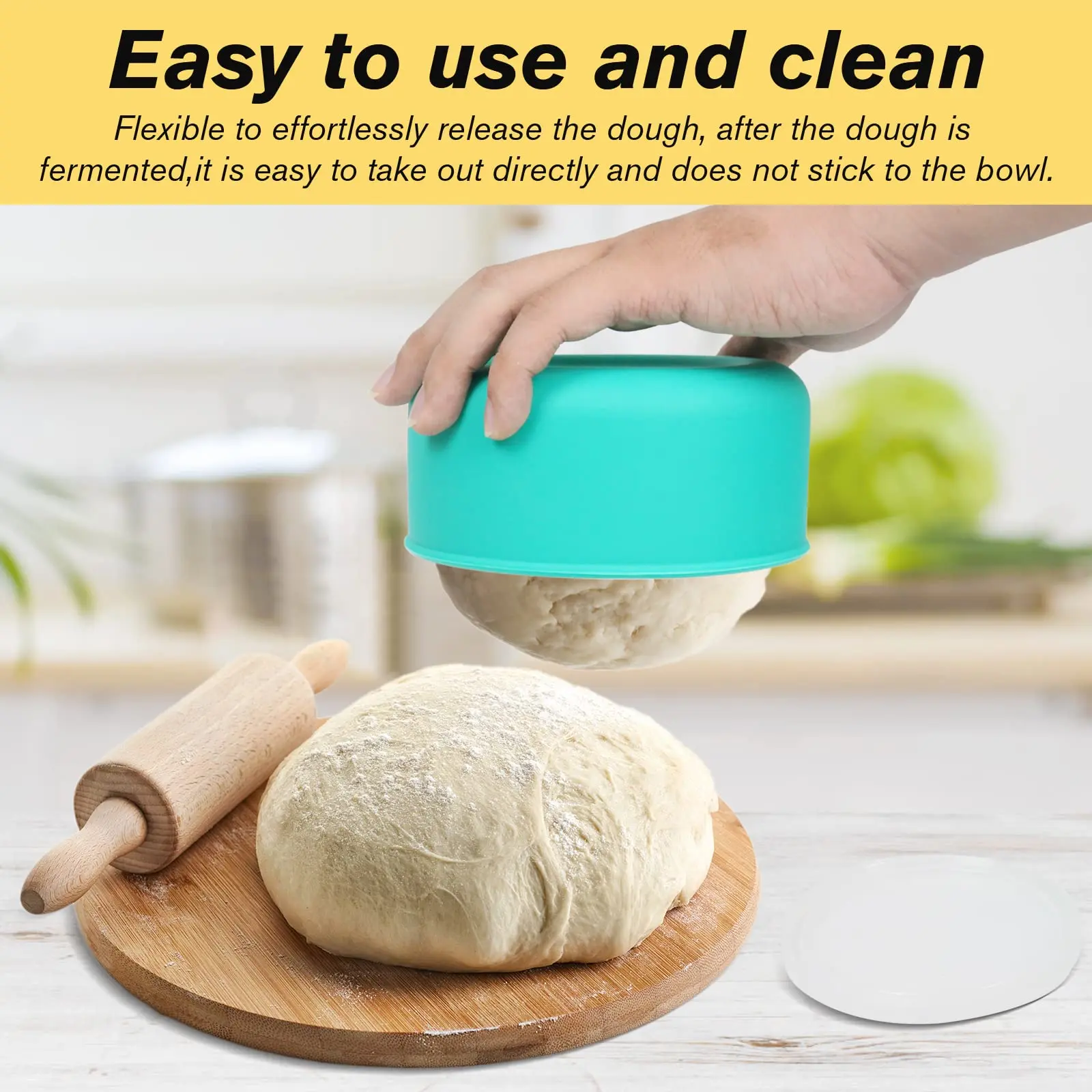Unlock the Secret to Resurrecting Your Pie Crust: The Dead Dough Recipe
Guide or Summary:Ingredients:Tools:Step 1: Thawing the DoughStep 2: Preparing the Work SurfaceStep 3: Rolling Out the DoughStep 4: Adding Fat and FlavorStep……
Guide or Summary:
- Ingredients:
- Tools:
- Step 1: Thawing the Dough
- Step 2: Preparing the Work Surface
- Step 3: Rolling Out the Dough
- Step 4: Adding Fat and Flavor
- Step 5: Adding the Filling
- Step 6: Folding and Sealing
- Step 7: Finishing Touches
- Step 8: Baking
In the world of cooking and baking, there's a fascinating concept that many home bakers and professional chefs alike are familiar with: the dead dough recipe. This enticing and somewhat mysterious method allows you to breathe new life into pie crusts that have been improperly chilled or stored. As a result, you can transform these "dead" doughs into flaky, buttery masterpieces that rival those found in the most prestigious bakeries.
The dead dough recipe is a technique that involves warming up leftover pie crusts that have become stiff or difficult to work with. By carefully reviving these doughs, you can create a fresh start for your baking endeavors, ensuring that your pies are always perfectly flaky and tender.
To begin your journey into the world of dead doughs, you'll need to gather a few essential ingredients and tools. Here's what you'll need:
Ingredients:
- Leftover pie crust dough
- Cold water
- All-purpose flour
- Butter (cold)
:strip_icc():format(webp)/snickerdoodle-pie-R122611-067eec1358ee4d1a94ea2f8c64566357.jpg)
- Salt
Tools:
- Rolling pin
- Mixing bowl
- Plastic wrap or a clean kitchen towel
- Pastry brush
- Baking sheet

Now, let's dive into the step-by-step process of bringing your pie crust back to life with the dead dough recipe:
Step 1: Thawing the Dough
If your dough has been stored in the freezer, it may take a few hours to completely thaw. To speed up the process, you can place the dough in the refrigerator the night before and let it slowly thaw overnight.
Step 2: Preparing the Work Surface
Sprinkle a generous amount of flour on your work surface to prevent the dough from sticking.
Step 3: Rolling Out the Dough
On a lightly floured surface, roll out the dough to your desired thickness. Be gentle and try to keep the dough as cool as possible to avoid overworking it.
Step 4: Adding Fat and Flavor
Using a pastry brush, lightly coat the dough with cold water. This will help the dough adhere to the filling and prevent it from drying out during baking.
Step 5: Adding the Filling
Carefully place your filling onto the dough, leaving a little space around the edges.

Step 6: Folding and Sealing
Fold the edges of the dough over the filling, sealing it tightly to prevent any juices from escaping during baking.
Step 7: Finishing Touches
Use a fork to prick the bottom of the pie crust, allowing steam to escape and preventing the crust from puffing up.
Step 8: Baking
Place the pie on a preheated baking sheet and bake according to your recipe's instructions. Keep an eye on your pie as it bakes to ensure that the crust is golden brown and the filling is bubbling.
By following these steps, you'll be able to transform your "dead" dough into a delicious, flaky pie crust that's sure to impress. Whether you're baking a classic apple pie or a creative twist on a traditional favorite, the dead dough recipe is a valuable tool in any baker's arsenal.
In conclusion, the dead dough recipe is a fascinating technique that allows you to breathe new life into leftover pie crusts. By warming up your dough and carefully working with it, you can create a fresh start for your baking endeavors. So next time you find yourself with a "dead" dough, don't despair! With a little creativity and the dead dough recipe, you'll be able to create a pie that's as delicious as it is unique.